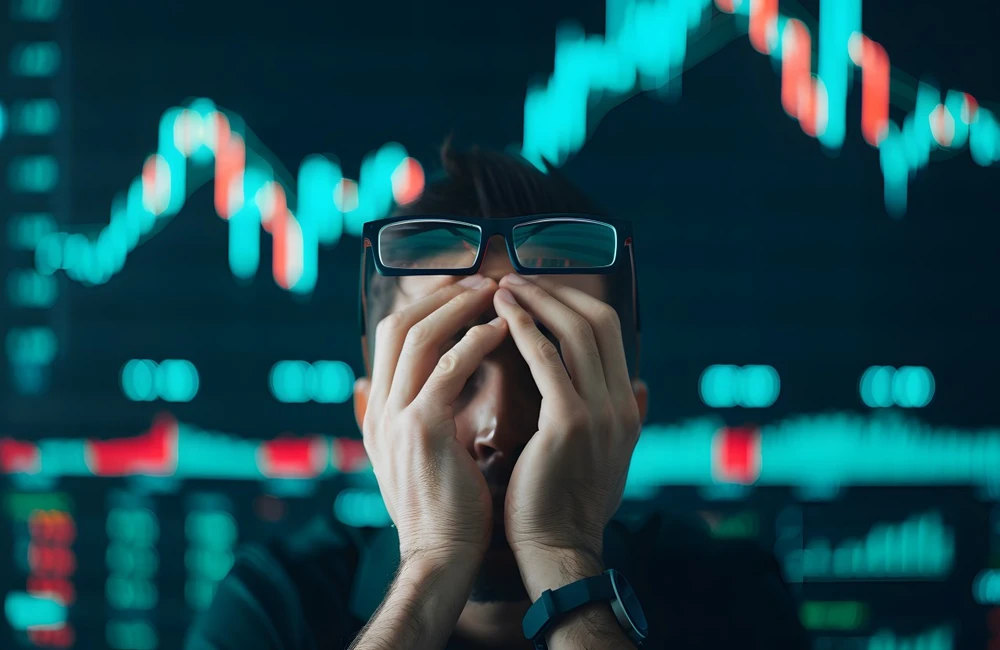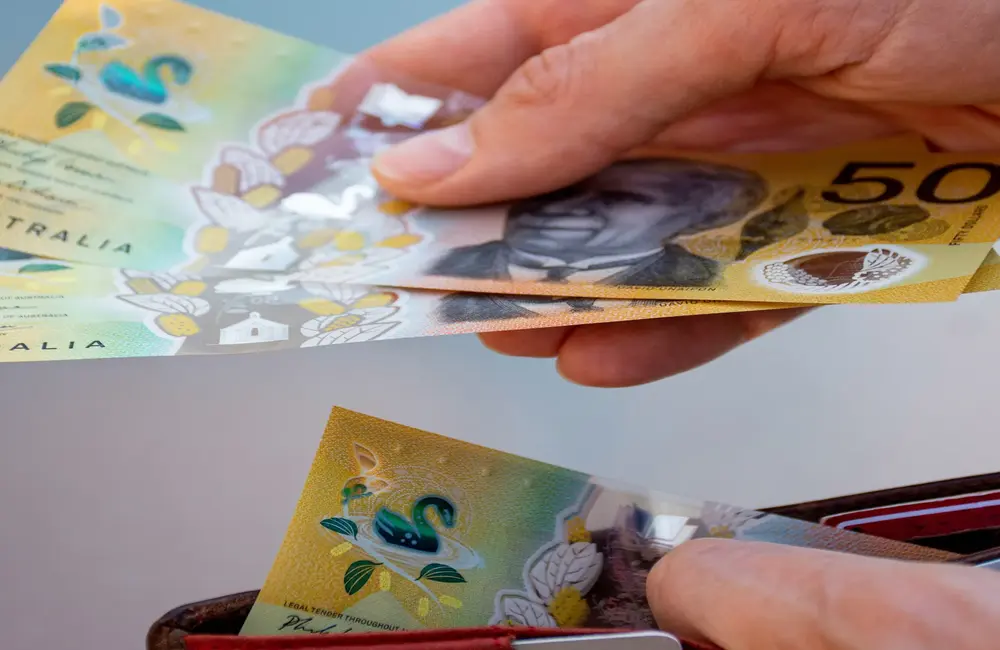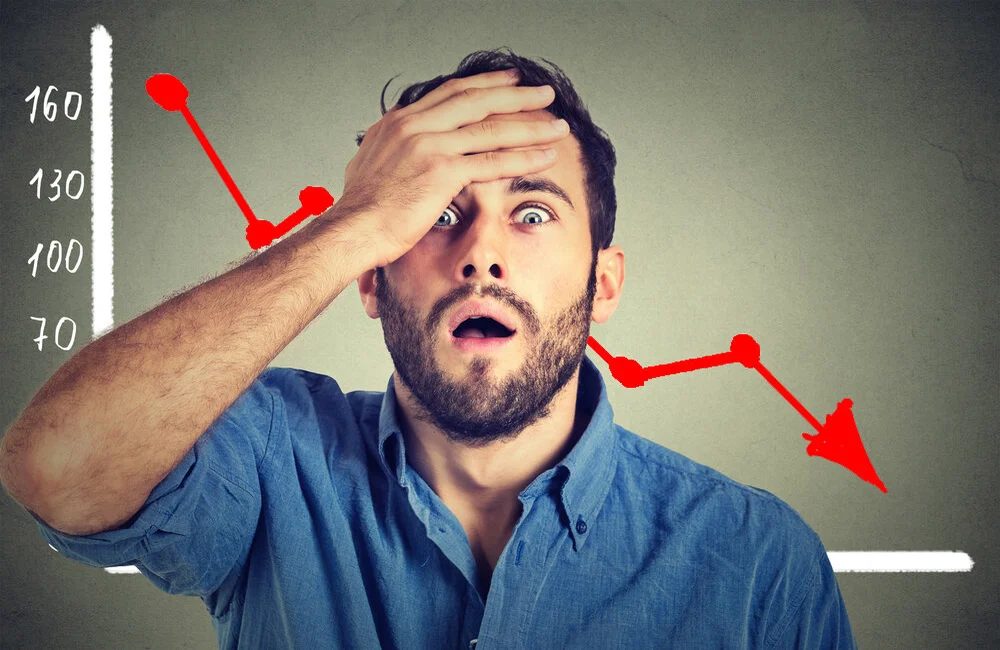Economic growth has been on the upswing – boosted by higher household spending – as Australia’s GDP advanced for a fourth consecutive quarter. But might this be as good as it ever gets?
Why the real impact of higher interest rates is yet to be felt. Property prices are falling and there are early signs of households beginning to rein in. Here are 5 things to know about Australia’s economy.
1. Economy at full throttle but not for much longer
Australia’s economy expanded 0.6% in the September quarter, ABS figures released on Wednesday showed, bringing annual growth to 5.9%. The result was powered by consumer spending, with strong quarterly growth in dining out, travel, and vehicle purchases sectors that have ridden the post-Covid reopening. But the GDP data is backward looking, with growth projected to slow considerably next year.
“Context is very important. Investment and spending in Q3 22 were hardly affected by the RBA’s aggressive succession of rate hikes,” CBA head of Australian economics Gareth Aird said. RBA has hiked the official cash rate out at eight consecutive meetings, to 3.1% in December. “We expect the economy’s momentum will slow materially from here as households and businesses make the adjustment to higher borrowing costs,” Mr Aird said. Australia’s economic growth is expected to slow to about 1.5% in 2023 and 2024, the RBA said.
2. Households are losing more and saving less
Household savings have boomed during the pandemic, with lockdown measures and closed borders having both cut off the way people could spend their money. But the National Accounts data on Wednesday revealed that the household saving rate had now fallen back to pre-pandemic levels.
Households saved 6.9 percent of its income in the September quarter as compared with 6.8 percent in the December 2019 quarter.
Excess savings continue to shield households from the impact of higher inflation and mortgage repayments, said AMP senior economist Diana Mousina. “We think these savings will be run down over the next couple of quarters, which will act to weigh on consumer spending,” Ms Mousina said.
3. Demand for air travel is back
The pandemic devastated the travel industry worldwide, but the airlines are open again. Pent-up demand for travel pushed activity in air transport 25.2 percent higher in the September quarter, the ABS said. We anticipate tourist numbers will continue to grow as international borders reopen.
For investors, that could mean buying undervalued stocks. With a fair value estimate of $23.50, Corporate Travel Management (CTD) is trading at a 35% discount. Morningstar director of equity research Brian Han says it provides a “window of opportunity” for investors to benefit from a market “excessively influenced” by “cyclical challenges” at the expense of the long-term recovery potential. Except that doesn’t mean all travel stocks are now great value.
Despite recent profit upgrades, Qantas (QAN) is on the cusp of Morningstar's fair value band and so is Webjet (WEB) and Flight Centre (FLT).
4. As is demand for cars
Amid material shortages and supply bottlenecks in the pandemic, there were long waits for new cars. But with those problems beginning to dissipate, the ABS says Australians purchased more cars in the September quarter.
The purchases of transport services by households increased 13.9%, to 70% of the pre-Covid level. The Federal Chamber of Automotive Industries said 87,299 new cars were sold in October, which was 16.9% more than a year ago.
FCAI chief executive Tony Weber said the move shows car companies are beginning to overcome logistical issues.
“The Covid-19 crisis is taking an unprecedented toll on the global car industry,” Mr Weber said. “This October figure is a good sign that supply chains are stabilizing and greater consistency is returning to the marketplace, but we are not out of the woods yet as we are still behind where we would expect the market to be.”
5. Exports turbocharged by lithium
Lithium is now a top 10 Australian export commodity after the lithium price enjoyed a strong run last year. The ABS says Australia exported $3.4 billion worth of lithium concentrates over the quarter, a six-fold increase on the year. ANZ senior economist Catherine Birch says demand for lithium and other critical minerals for new technologies is poised to skyrocket as the world moves to net-zero carbon emissions.
“Batteries use about three-quarters of the world’s lithium, and the batteries to power electric vehicles are in high demand, but we only have so much lithium,” Ms Birch said. “Such minerals are plentiful in Australia.”
“Prices for lithium have seen extremely volatile trading over the last 10 years resulting in a boom from 2013-2018 before falling once again over the last three years,” she said. “For example, a shift in the feeling towards the automotive industry in 2021 saw huge growth in demand for EV batteries,” Birch said.
“Despite a slight drop in prices over the last couple of weeks on the back of rumours that there is a downgrade in EV production in China, prices are near record levels and we expect that prices are going to remain very strong, although they may plateau.”

























